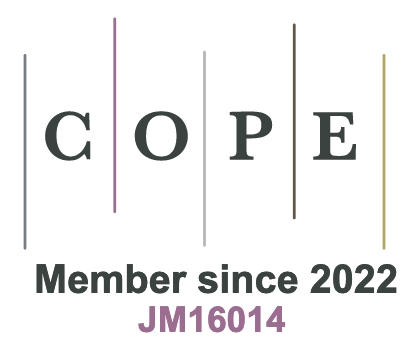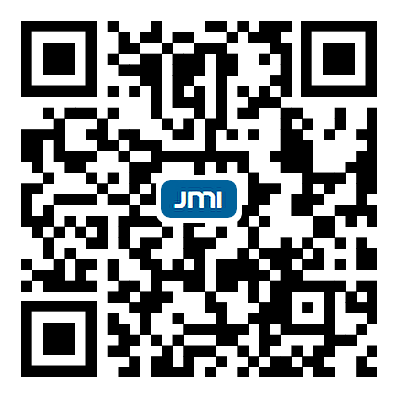Ultralow thermal conductivity via weak interactions in PbSe/PbTe monolayer heterostructure for thermoelectric design
Abstract
In this study, we systematically investigate the thermal and electronic transport properties of two-dimensional PbSe/PbTe monolayer heterostructure by combining first-principles calculations, Boltzmann transport theory, and machine learning methods. The heterostructure exhibits a unique honeycomb-like corrugated and asymmetric configuration, which significantly enhances phonon scattering. Moreover, the relatively weak interatomic interactions in PbSe/PbTe lead to the formation of anti-bonding states, resulting in strong anharmonicity and ultimately yielding ultralow lattice thermal conductivity (KL ). In the four-phonon scattering model, the KL values along the x and y directions are as low as 0.37 and 0.31 W · m -1 · K-1 , respectively. Contrary to the conventional view that long mean free path acoustic phonons dominate heat transport, we find that optical phonons contribute approximately 59% of the lattice thermal conductivity in this heterostructure due to their larer group velocities than the acoutic phonons.Further analysis of thermoelectric performance shows that at a high temperature of 800 K, the heterostructure achieves an exceptional dimensionless figure of merit (ZT of 5.3 along the y direction, indicating outstanding thermoelectric conversion efficiency. These findings not only provide theoretical insights into the transport mechanisms of PbSe/PbTe monolayer heterostructure but also offer a practical design strategy for developing high-performance two-dimensional layered thermoelectric materials.
Keywords
Thermoelectric material, lattice thermal conductivity, four-phonon scattering, first-principles calculations
Cite This Article
Tan R, Zhang K, Fang Y.-W. Ultralow thermal conductivity via weak interactions in PbSe/PbTe monolayer heterostructure for thermoelectric design. J Mater Inf 2025;5:[Accept]. http://dx.doi.org/10.20517/jmi.2025.62












